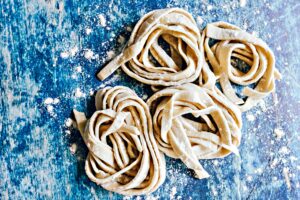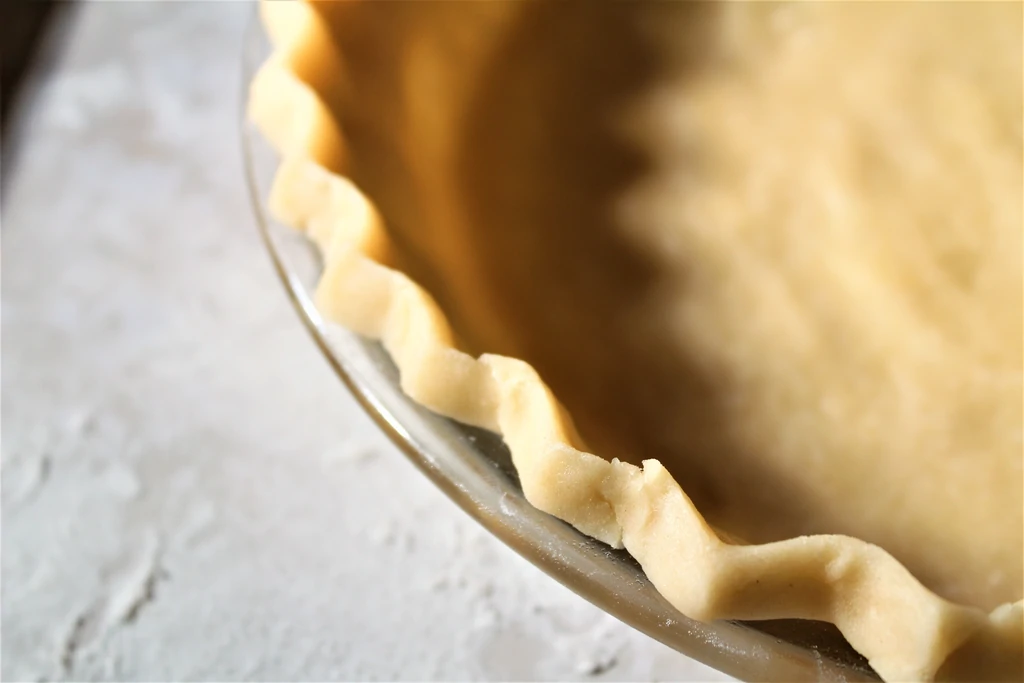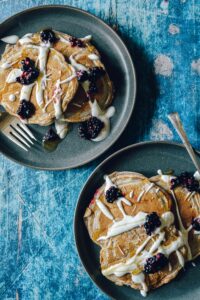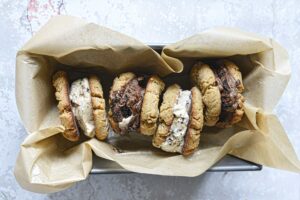
3-Ingredient Homemade Organic Kamut® Noodles
One of the most delicious things to make at home is a great pasta! Today we’re using the ancient wheat variety known as Kamut®.
Perfect Multi-Grain Pie Crust Tutorial
Ingredients
1 cup Organic shortening
1 cup Organic Coconut Oil
5 cup Organic Grains Whole Wheat Flour
1/2 cup Organic Grains Sorghum Flour
1/2 cup Organic Grains Amaranth Flour
1 1/2 tsp. Salt
3/4 cup water, cold
1/4 cup White Wine Vinegar
Directions
Dice the shortening and return it to the refrigerator while preparing the flour mixture. Place the flour and salt in the mixer bowl fitted with a paddle and pulse a few times to mix. Add the butter and coconut oil. Mix 2-3 minutes until it is almost a flour paste.
With the machine running, pour the ice water and vinegar slowly into the mixer until the dough begins to form a ball.
Dump out on a floured board and roll into four equal balls.
Wrap each ball in plastic wrap and refrigerate for 30 minutes.
Roll each piece on a well-floured board into a circle, rolling from the center to the edge, turning and flouring the dough to make sure it doesn’t stick to the board.
Fold the dough in half, place it in a pie pan, and unfold to fit the pan.
Trim the edges and roll under.
Crimp edged or even pinch them to keep the edge plain. Repeat—yield 4 (10-inch) crusts (or two double-crusted pies). Prepared pie crust can be frozen raw for up to 4 months if wrapped tightly. Balls of pie dough unrolled are good in the fridge for up to 7 days.

We Think You'll Like

One of the most delicious things to make at home is a great pasta! Today we’re using the ancient wheat variety known as Kamut®.

We’re elevating your favorite weekend pancakes with the rich and warming flavors of vanilla, blackberries and cardamom.

This recipe celebrates everything we love about summer treats. It’s creamy, dreamy, sweet and delicious.

One of the most delicious things to make at home is a great pasta! Today we’re using the ancient wheat variety known as Kamut®.

We’re elevating your favorite weekend pancakes with the rich and warming flavors of vanilla, blackberries and cardamom.

This recipe celebrates everything we love about summer treats. It’s creamy, dreamy, sweet and delicious.